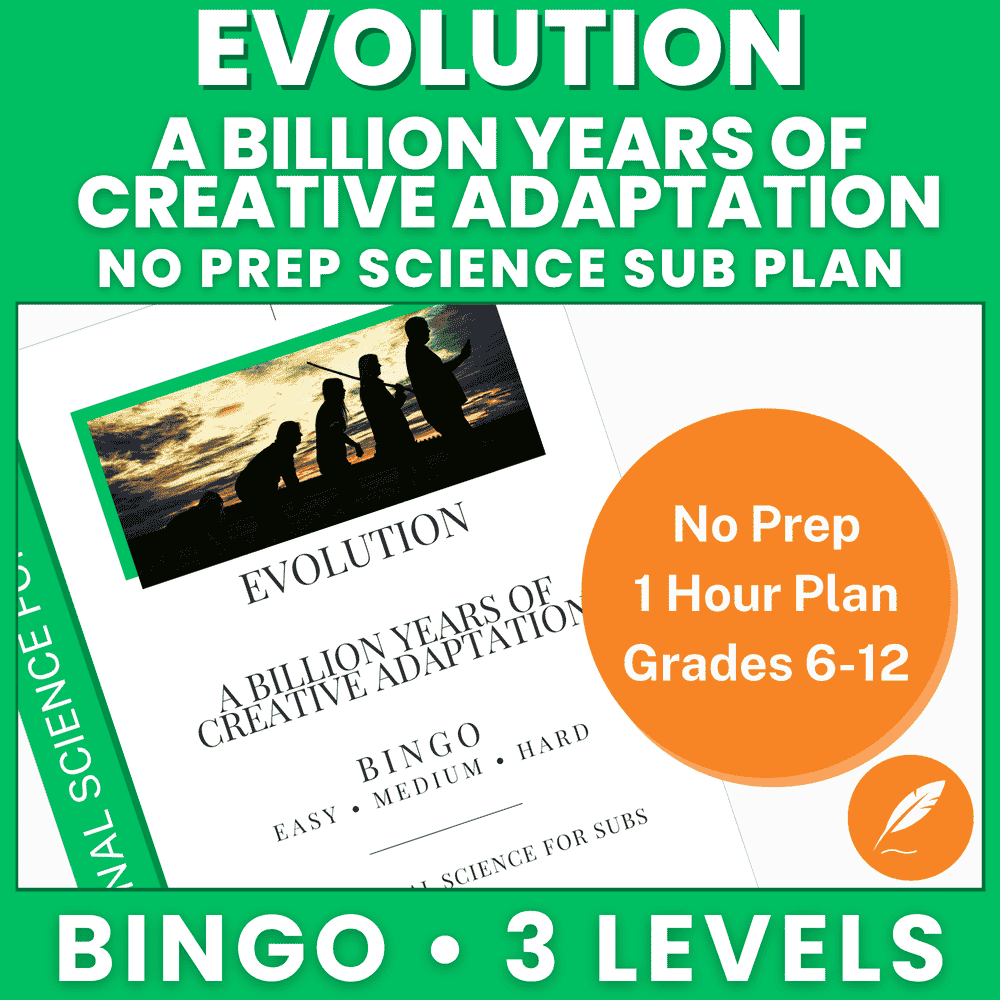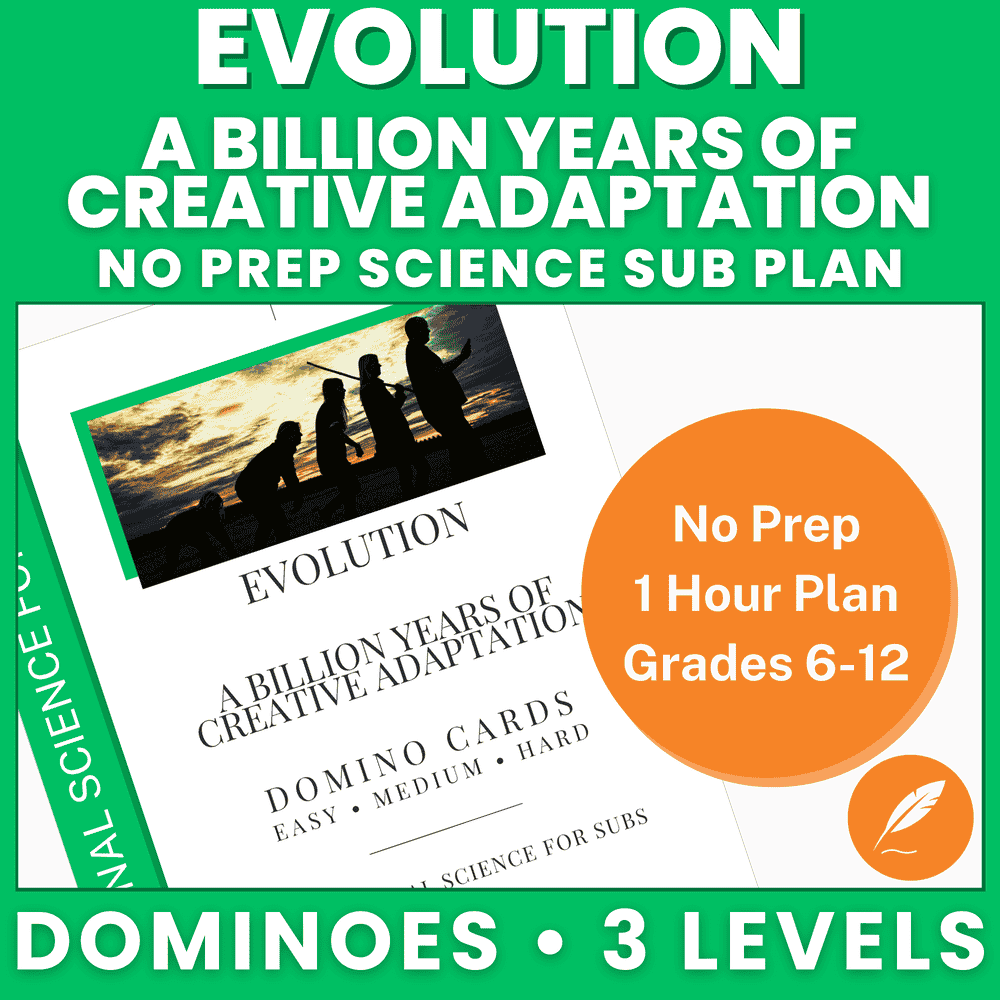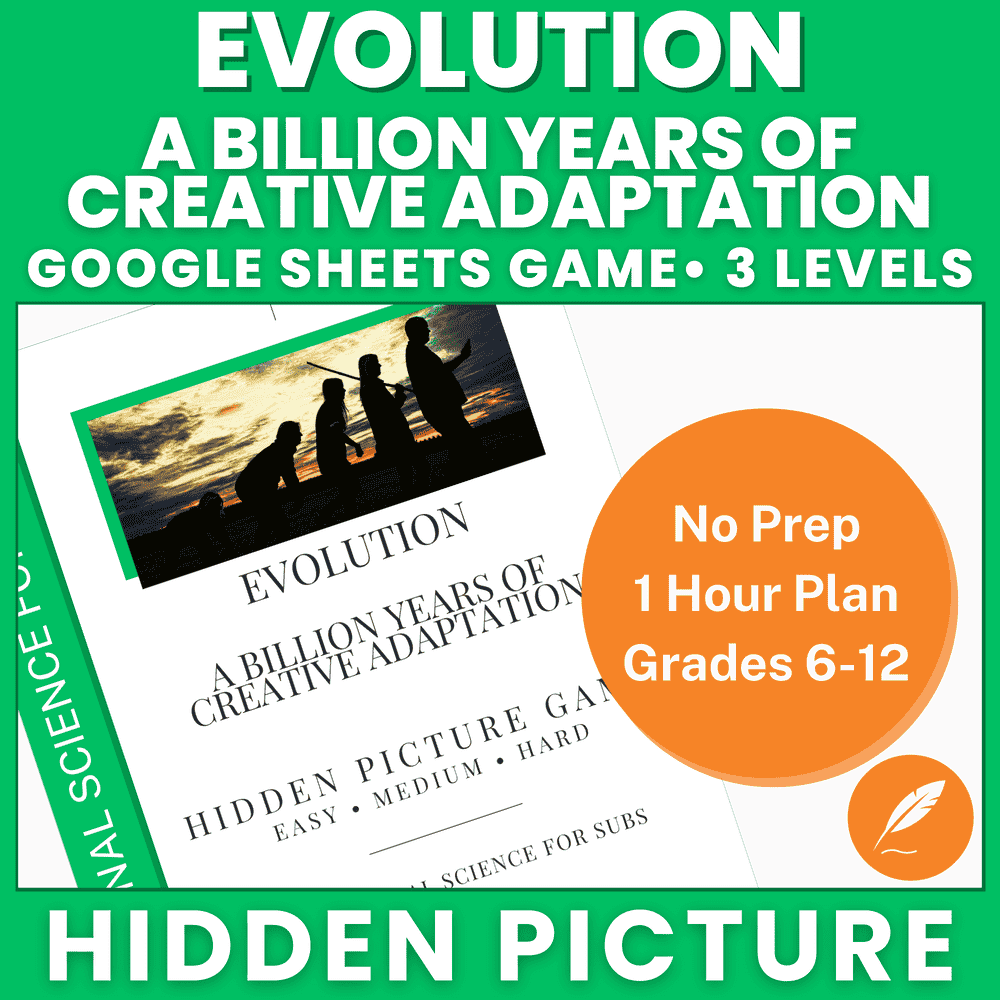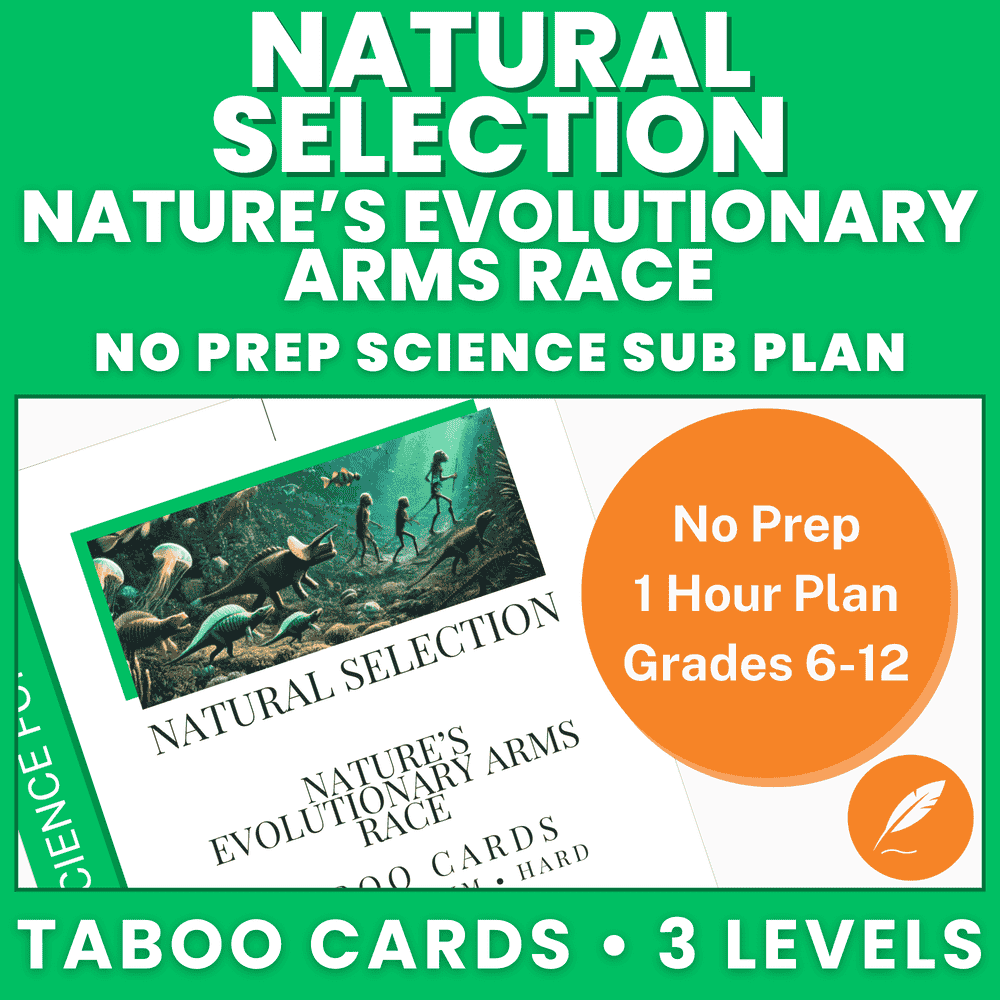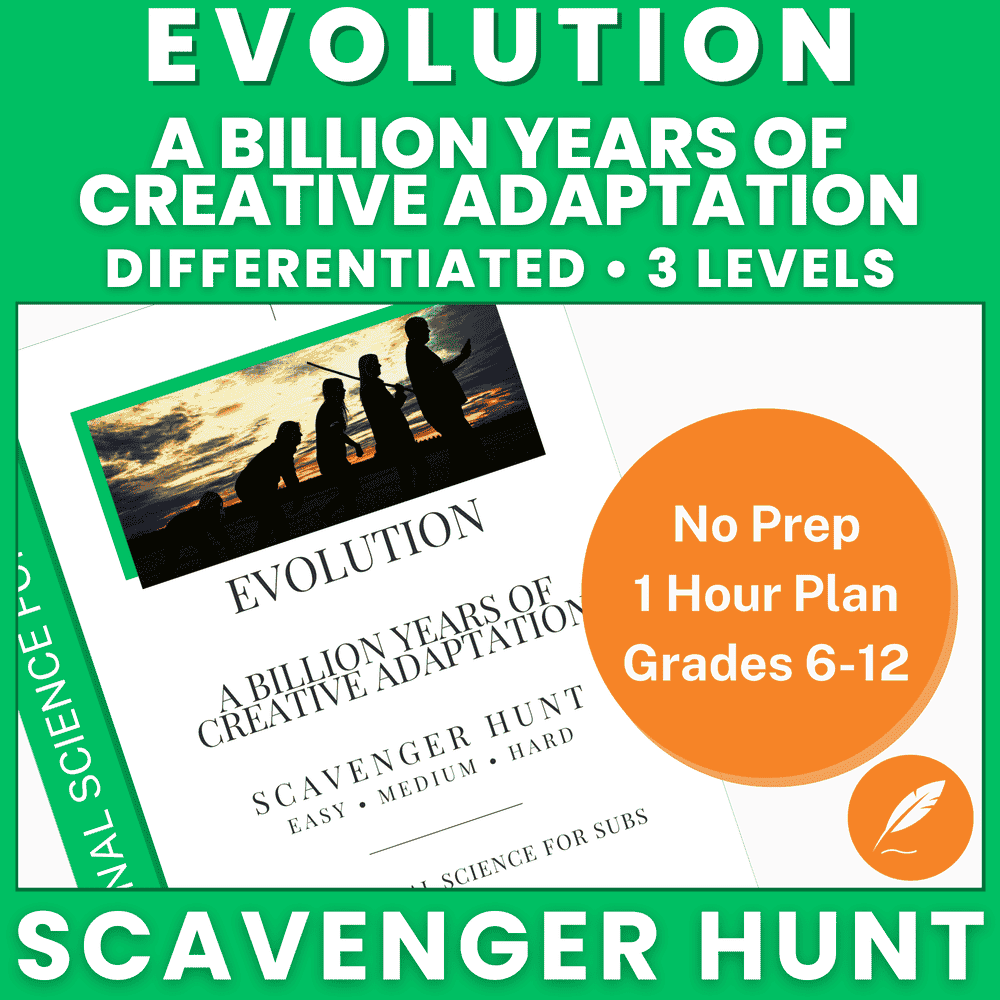Google Sheets – A Hidden Gem for Science Learning
Hidden picture games, also called mystery picture games, aren't just fun—they’re a clever way to boost engagement and creativity in the science classroom. If you haven't yet discovered the power of Google Sheets for these games, you're in for a treat. These interactive activities make learning science concepts more exciting and accessible, while also encouraging critical thinking. From chemistry to biology, there's no limit to the topics you can explore. Ready to see how this simple tool can transform your lessons? Keep reading to find out how Google Sheets hidden picture games can become your secret weapon in the classroom!
More...
What Are Hidden Picture Games?
Hidden picture games are a fun, interactive way for students to engage with science content. In these games, students answer questions related to the lesson, and with each correct answer, a part of a hidden picture is revealed. The twist? The more correct answers they get, the clearer the picture becomes as coloured pixels change or disappear, slowly unveiling the hidden image underneath.
A Visual Approach to Learning
These games turn learning into an exciting challenge, where students can visually track their progress as the image starts to take shape. Whether it's a diagram of the human body, a plant cell, or a scientific concept like the water cycle, hidden picture games help reinforce knowledge in a fun, rewarding way. It’s a great mix of critical thinking and visual learning that keeps students hooked!
Learning Through Play
This method of learning through play helps students engage with science in a less conventional, more enjoyable way. It’s a great alternative to the usual textbook exercises, bringing a fun and interactive element into the classroom. Hidden picture games can be adapted to any topic, making them incredibly versatile tools for teaching complex concepts in a simple, visual format. Whether you’re tackling space science, ecology, or physics, these games make learning memorable.
Check out our Bingo Games on TPT - complete with 3 difficulty levels for each lesson plan! Whether you're looking for Physics, Chemistry or Biology Bingo Games, we've got you covered!
The Benefits of Hidden Picture Games in Science
Hidden picture games aren't just fun—they pack a punch when it comes to boosting learning. In the world of science, these games offer a unique way to reinforce key concepts while keeping students engaged. Let’s take a look at why you should consider adding them to your science toolkit.
Boosts Engagement and Motivation
When students are actively involved in finding hidden elements or discovering a mystery picture, they become more invested in the lesson. The game-like nature of these activities makes science feel less like a chore and more like an exciting challenge. You’ll quickly notice increased enthusiasm as students dive into the task, eager to uncover what’s hidden.
#HiddenPictureGames aren't just fun – they enhance #ScienceLearning by promoting problem-solving and engagement! Easy to create in #GoogleSheets. #ScienceEducation #EdTech #ClassroomInnovation @inspirationalscienceforsubs
Reinforces Key Science Concepts
Science hidden picture games can cleverly weave in important science terms, diagrams, and processes. Whether it's identifying plant cells or spotting chemical reactions, students get to reinforce what they've learned in a visual, memorable way. It’s a fantastic method to cement key facts without overwhelming them with dense text.
Encourages Critical Thinking and Problem-Solving
These games demand attention to detail and creative thinking. As students answer the questions or solve the clues, they exercise their problem-solving muscles, which can be applied across various scientific topics. It helps students to think critically and connect the dots.
Check out our Domino Games on TPT - complete with 3 difficulty levels for each lesson plan! Whether you're looking for Physics, Chemistry or Biology Domino Games, we've got you covered!
How Hidden Picture Games Improve Engagement in Science
Hidden picture games are a fantastic way to keep your students engaged while making science more interactive. By adding an element of fun, they transform what could be a dry topic into an exciting hunt for knowledge. Here’s why they work so well to boost engagement in science lessons.
A Fun Twist on Traditional Learning
Who said learning science has to be boring? Scence mystery picture games offer a playful approach to even the most complex concepts, like plant biology or the water cycle. Students aren’t just engaging with the material; they’re actively seeking it out in a way that makes the learning process feel like a treasure hunt.
Visual Learning that Sticks
Visual learners especially benefit from these games. By searching for hidden elements related to science topics or discovering a mystery picture, students make visual connections with the material. This kind of learning is not only more enjoyable but also helps reinforce ideas in ways that stick long after the game is over.
Friendly Competition to Fuel Motivation
Add a little healthy competition into the mix, and you’ll see your students get even more involved. Whether they’re racing to find answers or working as a team, the friendly competition drives them to stay on task and focus, making the lesson feel less like a standard science class and more like an engaging challenge.
Hidden Picture Games and Critical Thinking Skills
Hidden picture games also sharpen your students' critical thinking skills in ways that traditional lessons can’t match. By having to answer the questions or solve the clues correctly before a new part of the image is revealed, students are challenged to think analytically and solve problems as they go.
Precision in Science Learning Through Hidden Picture Games
When students answer the clues, they must pay close attention to how they phrase the answer, or choose carefully between multiple choice options because if they get it wrong, they won't be able to see the final image. This attention to detail and precise scientific language helps students develop crucial skills in identifying and describing key elements in diagrams, experiments, and data sets.
Encouraging Problem-Solving
These games often require students to use logic and reasoning to figure out what they’re looking for. Whether they’re solving a riddle about an animal’s habitat or deciphering a diagram of the human body, these activities help build problem-solving skills. As they work through the game, they practice making decisions, considering alternatives, and adjusting their approach.
Building Analytical Thinking
Hidden picture activities do more than just reinforce scientific facts—they actively engage students in critical thinking. As they work to uncover the hidden image, students must analyze patterns, recognize relationships, and make connections between concepts. This process mirrors the analytical skills scientists use in real-world problem-solving, such as interpreting graphs, troubleshooting experiments, or identifying anomalies in data. By turning learning into a puzzle-solving adventure, these activities not only make science more exciting but also cultivate students' ability to approach problems systematically and think beyond surface-level answers.
Check out our Google Sheets Hidden Picture Games on TPT - complete with 3 difficulty levels for each lesson plan! Whether you're looking for Physics, Chemistry or Biology Hidden Picture Games, we've got you covered!
Incorporating Hidden Picture Games into Your Science Lessons
Adding hidden picture games into your science lessons can be a game-changer (pun intended!). These activities not only make learning fun but also help reinforce key concepts and skills. Here's how you can easily bring them into your classroom.
Start with Key Science Concepts
You can choose science topics that benefit from visual representation, such as ecosystems, human anatomy, or chemical reactions, but any topic works. You can create hidden picture games around specific diagrams or models to help students visualise these concepts or use a related image.
Use Hidden Picture Games for Revision
Hidden picture games work wonders as revision tools. They're interactive, digital resources that are more fun than answering past exam papers. So students get to review material without feeling like they’re just cramming for a test. You could also challenge students to compete with each other in class and even create games with more than one player.
Promote Group Work and Collaboration
Encourage students to work in pairs or small groups. Hidden picture games are a great opportunity for collaborative learning, allowing students to brainstorm ideas and help each other answer the questions correctly. This teamwork element can also lead to discussions about science topics, sparking curiosity and deeper understanding.
Check out our Taboo Style Games on TPT - complete with 3 difficulty levels for each lesson plan! Whether you're looking for Physics, Chemistry or Biology Taboo Style Games, we've got you covered!
Creating Hidden Picture Games in Google Sheets
Google Sheets is a surprisingly powerful tool for creating hidden picture games, and it’s perfect for teachers looking to mix up their lesson plans. Here’s the basics on how you can create these games with ease, even if you’re not a tech expert!
Creating Your Own Hidden Picture Game
Want to get started? The basics involve:
- Using cells to create hidden pictures by coloring cells to form a picture
- Adding science-related questions and clues
- Add interactive elements like drop-down lists or checkboxes
- Adding formulae to reveal or color specific cells when the answer is correct
But, while experimenting with basic features on your own can be fun, it’s often time-consuming and a bit tricky.
Save Time With Ready-To-Use Hidden Picture Games
If you’re short on time but still want to enjoy the benefits of using hidden picture games in your classroom, our ready-to-use resources are the perfect solution. They feature carefully crafted questions, engaging designs, and three difficulty levels tailored to each topic—saving you valuable planning and marking time. Explore our full collection on TPT and bring the fun of hidden picture games to your students today!
Check out our Scavenger Hunt Games on TPT - complete with 3 difficulty levels for each lesson plan! Whether you're looking for Physics, Chemistry or Biology Scavenger Hunt Games, we've got you covered!
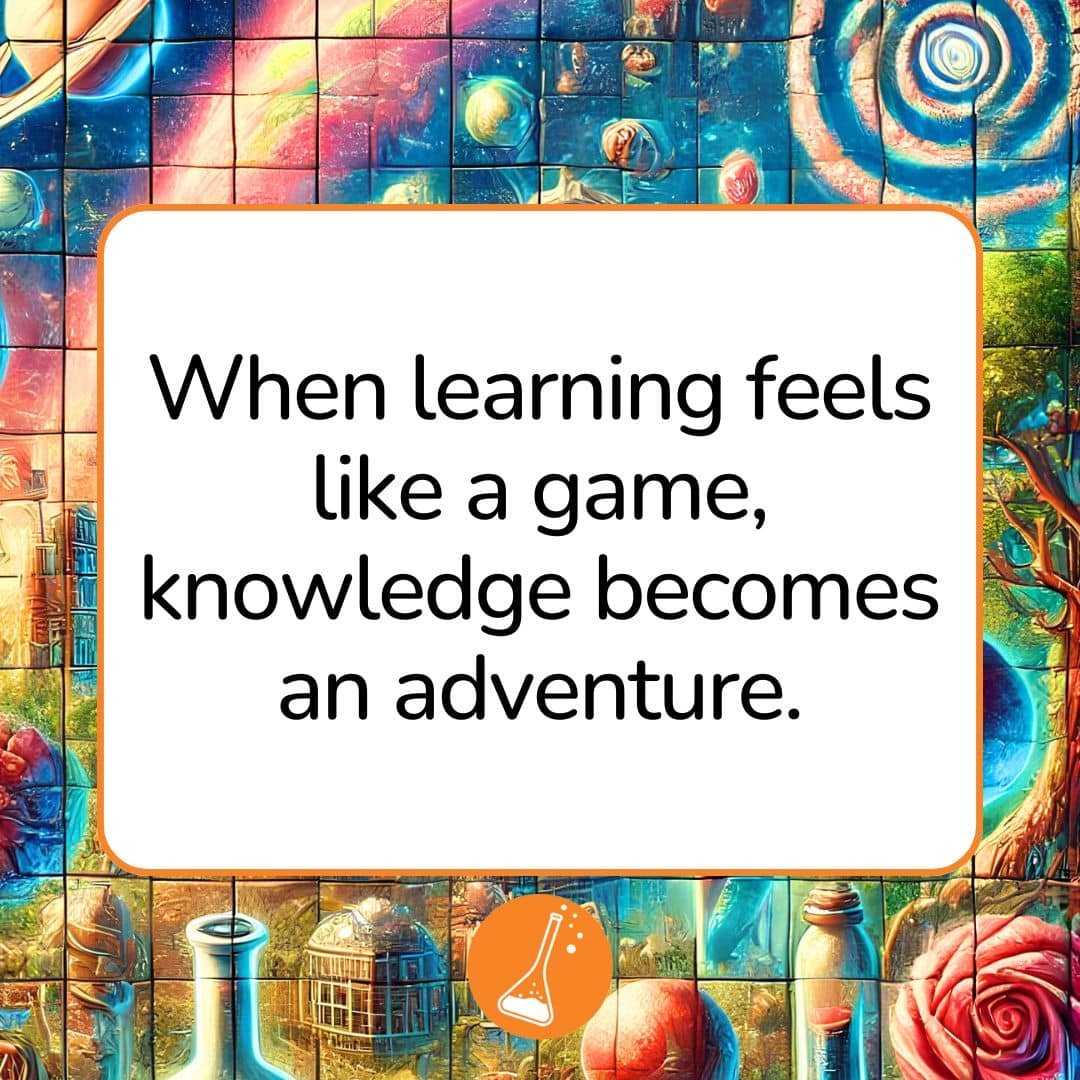
Tips for Effective Implementation
Now that you’re ready to integrate hidden picture games into your science lessons, let’s make sure you’re getting the most out of these activities. Here are a few tips to help you implement them effectively.
Start Simple, Then Build
If it’s your first time using hidden picture games, don’t go overboard! Start with a simple design and basic clues. As your students get the hang of it, you can add more complexity, like incorporating multiple images or adding layers of scientific facts to each hidden section.
Tailor to the Topic
Hidden or mystery picture games can be used for any science topic, so make them relevant to what you’re teaching. Whether it's parts of a plant, the solar system, or the human body, tailor your clues to reinforce the lesson. This not only makes learning fun, but also ensures that students stay engaged while reviewing key concepts.
Encourage Collaboration
Consider making these games a group activity. Let students work together to solve clues and uncover hidden pictures. This encourages teamwork and critical thinking, and it’s a great way to get students talking about science!
Use Technology to Add Interactivity
Google Sheets has some nifty interactive features, so take advantage of them! Adding checkboxes or drop-down menus can make the game even more engaging. Plus, it’ll keep your students active and excited about learning science.

Enjoyed the article?
Summary: Hidden Picture Games - A New Way to Spark Science Learning
Hidden picture games are a fantastic way to bring fun and engagement into your science lessons. Whether you’re teaching biology, chemistry, or physics, these games help boost critical thinking, improve problem-solving skills, and keep your students actively involved. By creating games in Google Sheets, you can easily customise them to match any topic and even add interactive features. So, if you’re looking for a fresh way to make science exciting, hidden picture games are the perfect tool to engage your students while reinforcing key concepts. Time to try it out!

